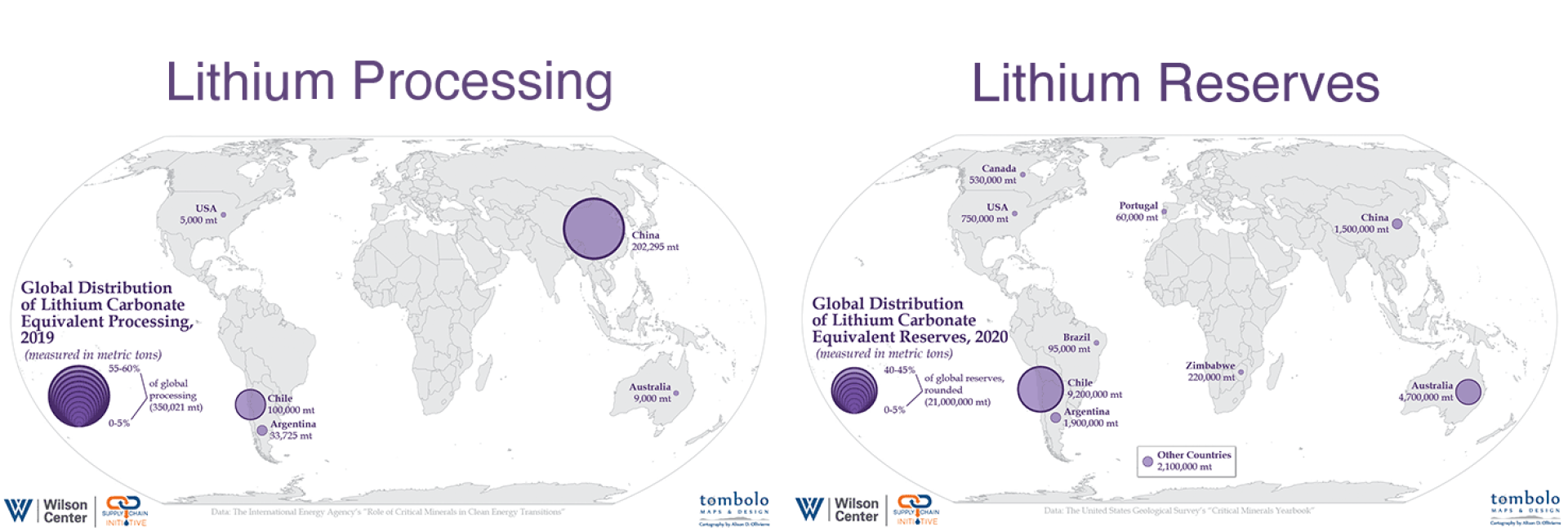This week there will be a Group of Seven summit in Hiroshima, Japan (more and more). Last week the finance ministers and central bank governors of Canada, France, Germany, Italy, Japan, United Kingdom, and United States (and EU too) completed their related pre-meeting. In Saturday’s joint communique, the Niigata group teed-up attention to supply chain resilience (more and more). Here’s the paragraph:
We commit to further strengthening collaboration among G7 members and beyond to enhance supply chain resilience. Our “High-level Policy Guidance for Public Finance Tools to Build Resilient Supply Chains in the Era of Decarbonization” published in April, recognizes the urgent need to address existing vulnerabilities within the highly concentrated supply chains of important products for clean energy. Diversification of supply chains can contribute to safeguarding energy security and help us to maintain macroeconomic stability. To turn the guidance into specific actions, we are currently developing “Partnership for RISE (Resilient and Inclusive Supply-chain Enhancement)” with interested countries in collaboration with the WBG and relevant international organizations with the aim of its launch by the end of this year at the latest. Through mutually beneficial cooperation by combining finance, knowledge and partnerships, RISE aims to support low- and middle-income countries in playing bigger roles in the midstream and downstream in supply chains of clean energy products.
This is an example of how diplomatic prose often makes less of more. I imagine a delegation or two originally offering something like: “We commit to further strengthening collaboration among G7 members to enhance supply chain resilience. Diversification of supply chains can contribute to safeguarding security and help us maintain macroeconomic stability. We are developing Partnership for RISE (Resilient and Inclusive Supply-chain Enhancement) for launch before the end of this year.“
Certainly vague, but enough to justify further discussion and processing for the next G7, G20, and other future consultations (including specific projects such as that noted). De-risking through friend-shoring, friend-making, and network diversification stays on the agenda. Another delegation or two, however, worries too much might be implied by this aspirational vagary. So, the implicit potential is explicitly narrowed to help low- and middle-income countries play bigger roles in midstream and downstream supply chains for decarbonization. Small steps? Perhaps, but the wrong sort of specificity can also become a strategic distraction.
Diversification of supply chains is — incrementally — moving forward because of fundamental risks (and opportunities) rather than waiting for diplomatic wordsmithing. See here and here and here and here and here and here (and much more). Substantive progress at this scope and scale can be slow, but is seldom as sluggish as too many diplomatic negotiations.
+++
One example of capacity concentrations in need of diversification are several so-called rare earths. Last year the Wilson Center brought together a set of related maps. One set is shown below. And… evidence of change in recent months is also available, for example, here, here, here, and here, but also here and here.
